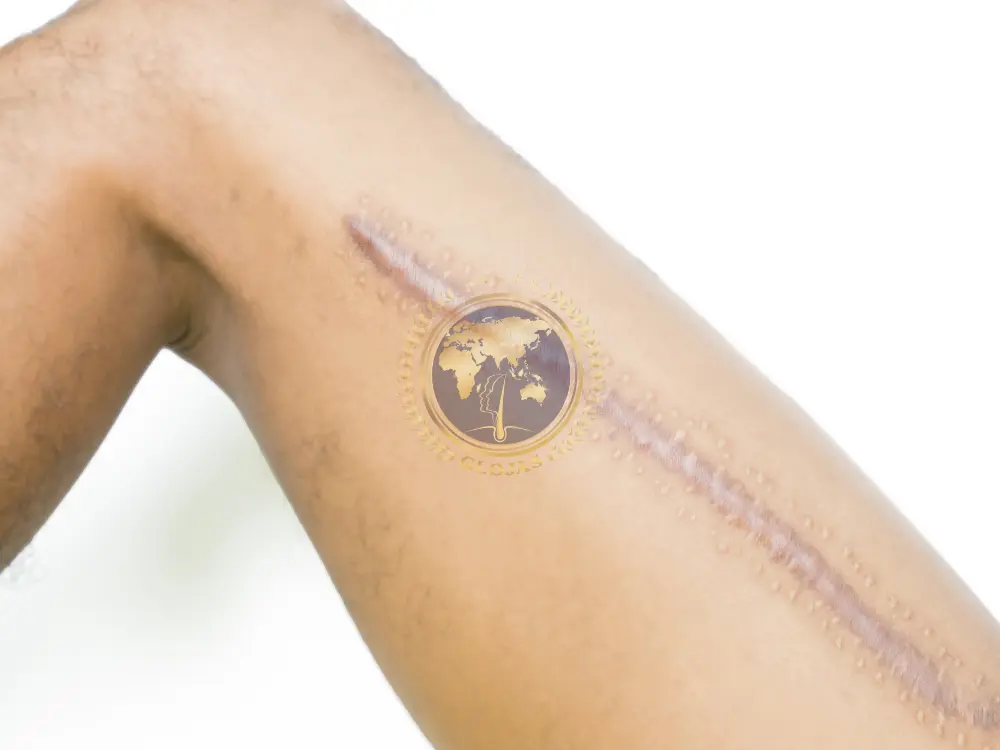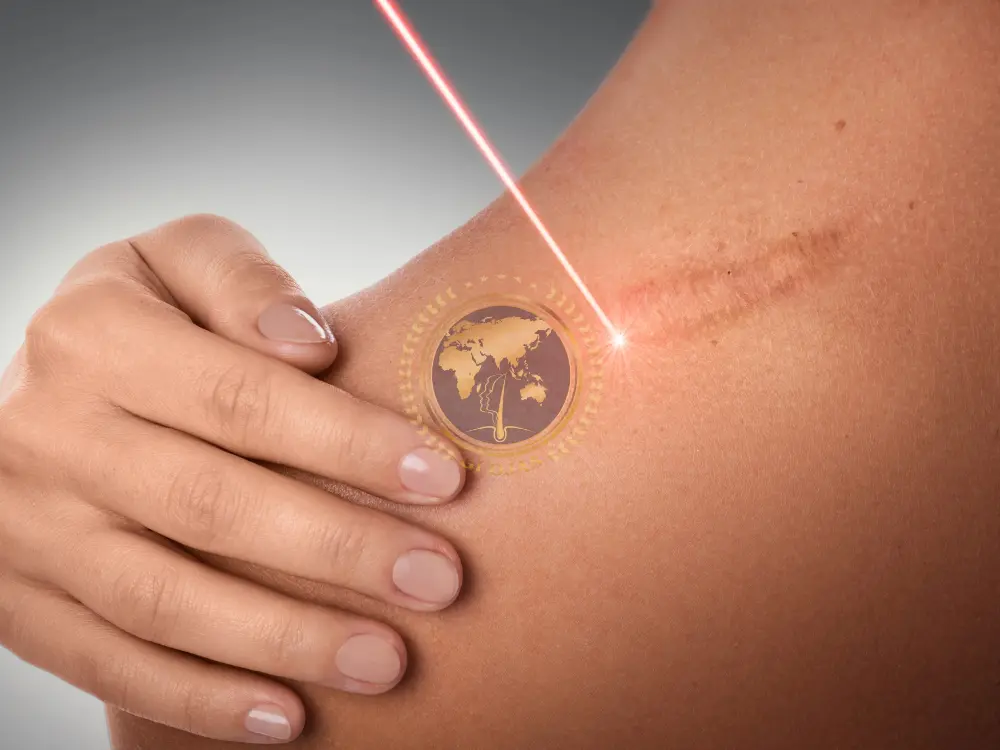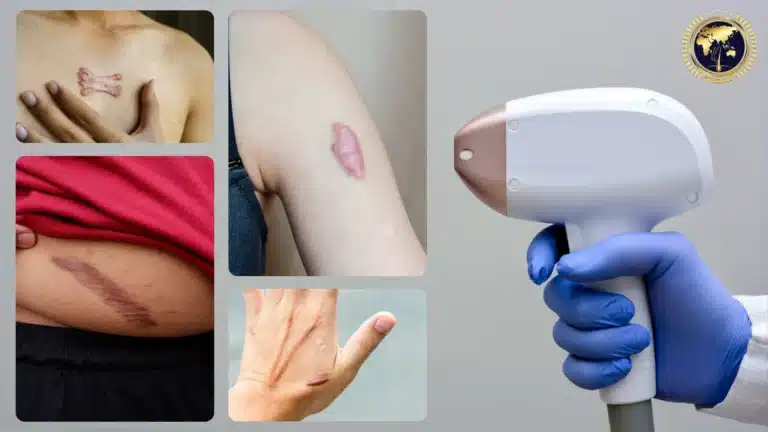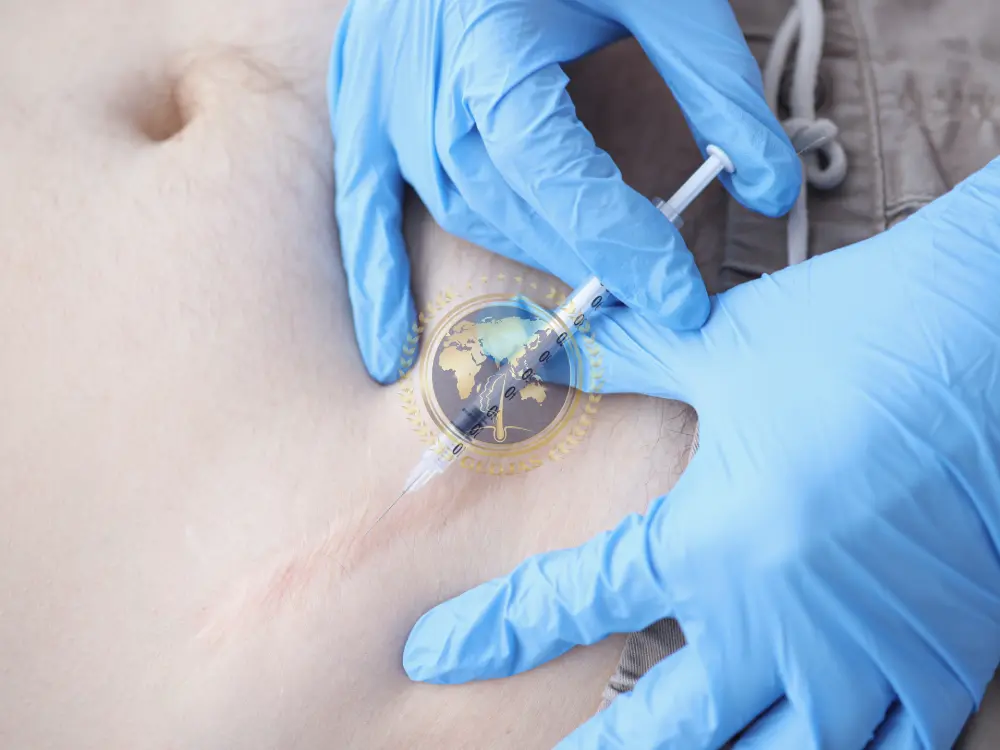Keloids are raised scars that form as a result of an overgrowth of collagen at the site of a skin injury. These scars can be not only unsightly but also uncomfortable, causing itching, pain, and restricted movement. For those struggling with keloids, laser treatment has emerged as an effective solution. If you’re searching for information on “Keloid Laser Treatment,” this article will provide you with a comprehensive understanding of the procedure, its benefits, and why it might be the right choice for you.
What Are Keloids and Why Do They Form?
Keloids are thick, raised scars that extend beyond the original wound site. Unlike regular scars, which typically flatten and fade over time, keloids continue to grow and can become larger than the original injury. They often develop after surgeries, piercings, burns, or severe acne, but they can also appear spontaneously. Keloids are more common in individuals with darker skin tones and those with a family history of keloids.
The Science Behind Keloid Formation
Keloids form when the body produces too much collagen during the healing process. Collagen is a protein that helps in wound healing, but in the case of keloids, the collagen production goes into overdrive, resulting in a dense, fibrous mass of tissue. This excess tissue is what causes the raised, often reddish or dark appearance of keloid scars.

1. How Keloid Laser Treatment Works
Laser treatment is one of the most advanced and effective methods for reducing the appearance of keloids. The treatment involves using concentrated beams of light to target the keloid tissue. There are different types of lasers used for keloid treatment, including pulsed dye lasers (PDL) and carbon dioxide (CO2) lasers.
The Process of Keloid Laser Treatment
- Pulsed Dye Laser (PDL): This type of laser targets the blood vessels within the keloid, reducing redness and flattening the scar. It works by delivering short bursts of light that are absorbed by the blood vessels, causing them to shrink and diminish the appearance of the keloid.
- CO2 Laser: This laser works by vaporizing the outer layers of the keloid scar, which helps to reduce its size and improve its texture. CO2 lasers are particularly effective for large or thick keloids.
Both types of lasers are non-invasive and are performed on an outpatient basis. Depending on the severity of the keloid, multiple sessions may be required to achieve optimal results.
2. Benefits of Keloid Laser Treatment
Keloid laser treatment offers several benefits compared to other scar reduction methods. Whether you’re looking for a non-invasive solution or want to improve the appearance of stubborn keloids, laser treatment has much to offer.
Key Benefits of Laser Treatment for Keloids
- Precision Targeting: Lasers can precisely target the keloid tissue without damaging the surrounding healthy skin, making it a safe and effective treatment option.
- Minimal Downtime: Unlike surgical removal or other invasive procedures, laser treatment typically requires little to no downtime. Most patients can return to their normal activities immediately after the procedure.
- Reduction in Redness and Size: Laser treatment can significantly reduce the redness, size, and thickness of keloids, leading to a more aesthetically pleasing appearance.
- Stimulates Natural Healing: Lasers stimulate the body’s natural healing processes, encouraging the production of normal collagen and improving the texture and elasticity of the skin.
- Safe for All Skin Types: Laser treatment is suitable for all skin types and tones, making it a versatile option for keloid management.
3. What to Expect During Keloid Laser Treatment
Understanding what to expect during and after keloid laser treatment can help alleviate any concerns you may have and ensure a smooth experience.
The Procedure
Before the treatment begins, the area around the keloid will be cleaned, and a topical anesthetic may be applied to minimize discomfort. The laser is then passed over the keloid, delivering targeted energy to the scar tissue. Each session typically lasts between 15 to 30 minutes, depending on the size and thickness of the keloid.
Aftercare and Recovery
Post-treatment, you may experience some redness, swelling, or a slight burning sensation in the treated area. These side effects are usually mild and subside within a few days. It’s important to follow your dermatologist’s aftercare instructions, which may include applying a soothing ointment and avoiding sun exposure to the treated area.
4. Comparing Keloid Laser Treatment to Other Scar Treatments
When considering keloid treatment options, it’s helpful to compare laser treatment to other commonly used methods. Each treatment has its own advantages and limitations, and understanding these can help you make an informed decision.
Steroid Injections
Steroid injections are a popular treatment for keloids and work by reducing inflammation and flattening the scar. While effective for some, steroid injections may require multiple sessions and can cause side effects such as skin thinning or discoloration. Additionally, steroid injections may not be as effective for older or larger keloids.
Surgical Removal
Surgical removal involves cutting out the keloid tissue. While this method can provide immediate results, it carries a high risk of recurrence, as surgery can trigger the formation of a new keloid. Combining surgery with other treatments, such as steroid injections or laser therapy, can help reduce the risk of recurrence.
Cryotherapy
Cryotherapy involves freezing the keloid with liquid nitrogen, causing the scar tissue to die and fall off. This method is typically used for small keloids and may require multiple treatments. However, cryotherapy can sometimes cause skin discoloration and is not suitable for all skin types.
5. Cost and Accessibility of Keloid Laser Treatment
The cost of keloid laser treatment can vary depending on several factors, including the size and number of keloids, the type of laser used, and the geographic location of the clinic. On average, the cost per session can range from $200 to $600. Most patients require multiple sessions for optimal results, so it’s important to discuss the total cost and any available payment plans with your dermatologist.
Is Keloid Laser Treatment Covered by Insurance?
In some cases, insurance may cover part or all of the cost of keloid laser treatment, especially if the keloid is causing pain, discomfort, or functional issues. However, coverage varies depending on your insurance plan and the medical necessity of the treatment. It’s recommended to check with your insurance provider before starting treatment.

FAQs About Keloid Laser Treatment
Is Keloid Laser Treatment Painful?
The treatment is generally well-tolerated, with most patients experiencing only mild discomfort. A topical anesthetic is often applied to minimize any pain during the procedure.
How Many Laser Sessions Are Needed to See Results?
The number of sessions required varies depending on the size, thickness, and age of the keloid. Most patients see significant improvement after 3 to 5 sessions.
Can Keloids Return After Laser Treatment?
While laser treatment can significantly reduce the size and appearance of keloids, there is still a risk of recurrence. Combining laser treatment with other therapies, such as steroid injections, can help reduce this risk.
What Are the Side Effects of Keloid Laser Treatment?
Common side effects include redness, swelling, and a mild burning sensation, all of which typically resolve within a few days. More serious side effects are rare.
Is Keloid Laser Treatment Safe for Darker Skin Tones?
Yes, keloid laser treatment is safe and effective for all skin tones, including darker skin. However, it’s important to choose a skilled dermatologist who has experience working with various skin types.
How Long Does It Take to See Results from Keloid Laser Treatment?
Most patients notice an improvement in the appearance of their keloid within a few weeks of starting treatment. Full results can take several months as the body continues to heal and remodel the scar tissue.
Keloid laser treatment offers a promising solution for those looking to reduce the appearance of keloid scars and regain confidence in their skin. With minimal downtime, precision targeting, and long-lasting results, it’s an option worth considering if you’re dealing with persistent keloids.

